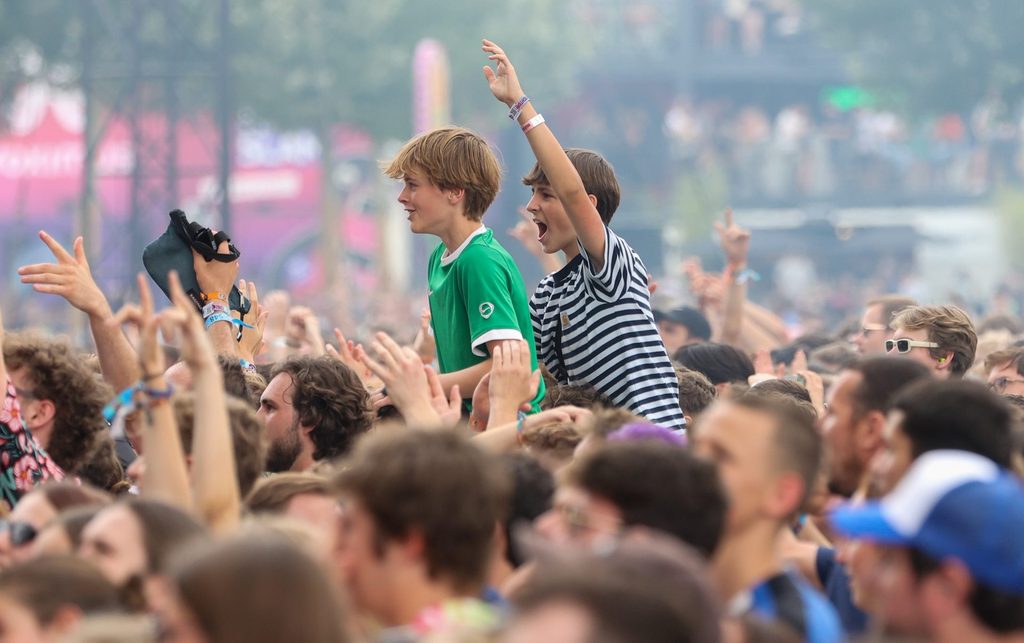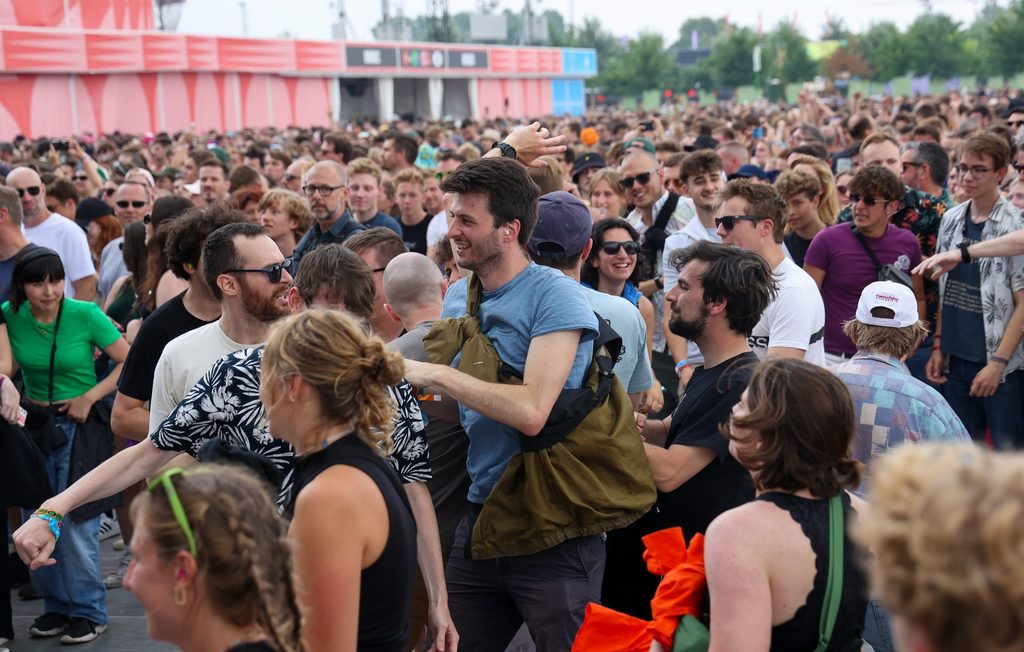Last weekend’s Rock Werchter has been the subject of significant criticism due to the inability of festival goers to attend every performance. Certain tents, such as The Barn, proved to be too small to accommodate the number of attendees.
The early closure of The Barn on multiple occasions over the four-day event due to full capacity has sparked discontent among festival goers being unable to enter the stage. This issue arose during performances by renowned artists like Rosalia, Iggy Pop and Editors.
Herman Schueremans, the festival’s organiser, responded to the backlash by stating in an interview with VRT, "We placed screens outside for those who arrived late, allowing them to still follow the performances." However, he acknowledged that watching on a screen was not the same as experiencing a live performance.
Regarding the choice of putting big-name acts in a smaller tent, he defended Rock Werchter's commitment to showcasing the best talent available, stating, "At Rock Werchter, we strive to bring the best of what's on offer. It's in our DNA. Consider this: some acts are booked many months in advance, and then they explode in popularity. Suddenly, they become much more famous. What can we do about it?"
Schueremans expressed his desire for further improvements, stating that the organisers were exploring the possibility of making The Barn even larger, with a potential capacity of 25,000 people next year.
Festival favourites
The issues with The Barn began on Thursday 29 June, the first day of the festival, when Warhaus took to the stage at 18:00. The red crosses above the entrance of the tent illuminated, indicating that The Barn had reached its maximum capacity.
By the time Charlotte de Witte, the techno queen from Ghent, was scheduled to start her set, the doors were already closed. The area in front of The Barn was so crowded that it was impossible to make one's way through.
The situation was particularly intense during De Witte's performance. She had previously headlined at major stages like Pukkelpop and Tomorrowland. When Stromae cancelled his appearance due to mental health reasons, De Witte seemed like the perfect replacement for the Main Stage. However, the organisers opted for the more mainstream choice of Mumford & Sons instead, leaving De Witte's fans disappointed and causing a small commotion at the venue.

Two children sitting on the shoulders of someone during the first day of the Rock Werchter music festival in Werchter, Thursday 29 June 2023. Credit: Belga / Virginie Lefour
The early closures of the tent persisted throughout the second, third and fourth days of the festival, affecting the much-anticipated appearances of Editors on Friday, UK dance producer Fred Again on Saturday and Rosalia on Sunday, requiring attendees to queue up well in advance.
The dissatisfaction of many festival goers was evident on social media, with numerous angry reactions expressing disappointment and frustration. Comments such as "Thank you Rock Werchter for organising Charlotte De Witte's performance so well,” wrote one sarcastic attendee. “So many disappointed people. The doors of The Barn closed more than half an hour before Charlotte's performance.”
Bars of exclusion
According to other attendees, crowd management seemed manageable during the afternoon, but as evening approached, The Barn struggled to handle the massive influx of festival goers.
A new factor also came into play this year. The Barn appeared as a cosy structure from the inside but resembled an impenetrable bunker on the outside. For the first time, the tent was completely closed, featuring heavy iron doors instead of open flaps. This heightened the feeling of exclusion among fans exponentially.
The festival organisers took note of the extensive criticism and responded via a social media post on Friday. They emphasised the great line-up and the efforts made to provide the best conditions in The Barn. However, they acknowledged that due to security reasons, they were unable to admit more people once the maximum capacity of 20,000 was reached. They expressed understanding for the disappointment caused by the closed doors, but stated that when the venue reaches its capacity, closure is necessary.
As an alternative, the organisation referred to the large screen placed between The Barn and the smaller KluB C stage, suggesting that arriving on time could minimise disappointment. To address the issue, additional measures were implemented, including the installation of a second screen and a structure outside the tent to alleviate pressure.

Credit: Belga / Virginie Lefour
The Barn was introduced in 2012 and has gradually increased in size. It began with a capacity of 10,000 attendees, which has since doubled. Apart from its impressive size, The Barn is known for hosting the best shows of the weekend. Its enclosed and dark warehouse atmosphere resembles a concert hall within a festival setting.
However, The Barn has also gained notoriety for the red crosses displayed above entrances when the tent reaches full capacity. Once closed, there is no access, and attendees have to rely on the outdoor video screen. Despite capacity increases, The Barn has frequently proven insufficient in recent years, necessitating early arrival to secure entry.
Finding solutions on-site in future will be challenging. Would a larger tent suffice? It would remain empty for a significant part of the day. How about adding a second main stage? That could risk both acts overpowering each other unless a drastic rearrangement of the venue took place. Moving potentially less popular acts from the main stage to The Barn would also not be a guaranteed solution.
Whatever happens, these issues need to be addressed in the planning for the 2024 event when over 80,000 visitors per day are expected again.

